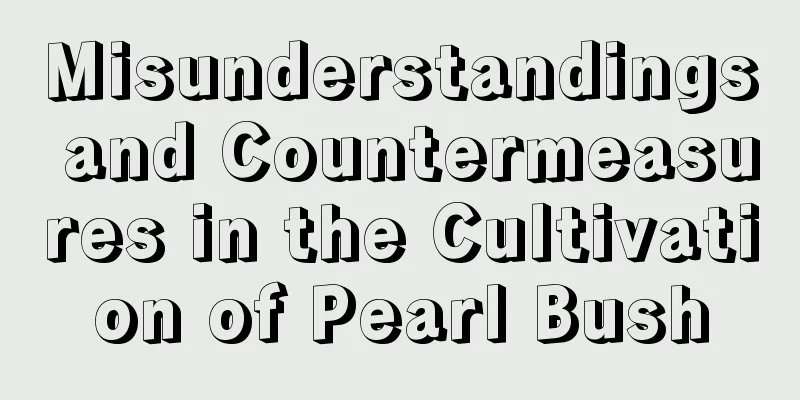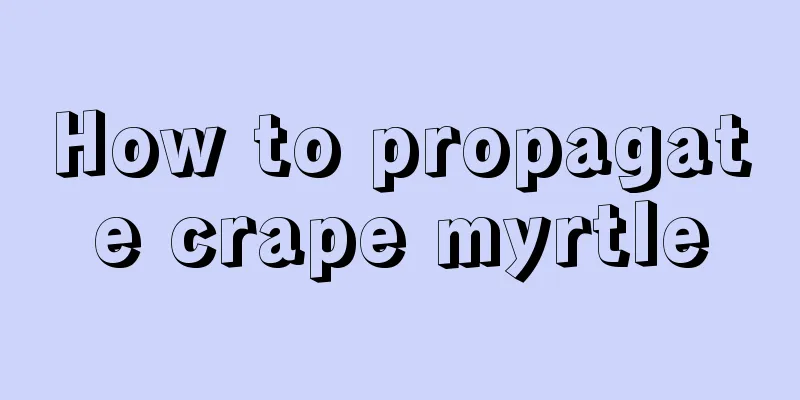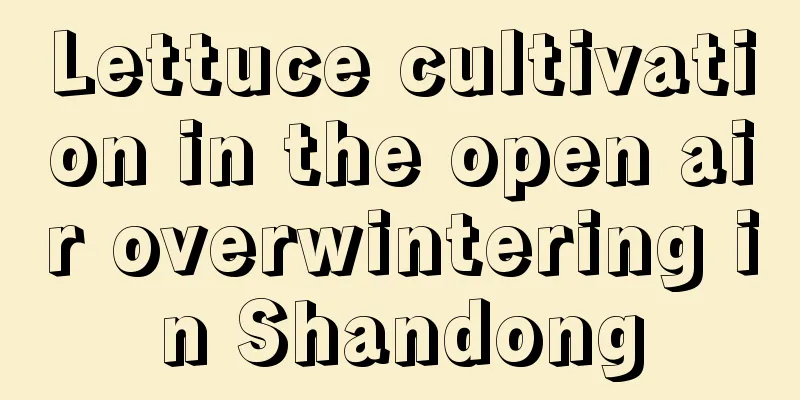Misunderstandings and Countermeasures in the Cultivation of Pearl Bush

Planting in the shadePearl bush is a relatively shade- and cold-tolerant tree species. Many people plant it in the shade of buildings or under large trees, and rarely plant it in places with sufficient sunlight. Pearl bush is shade-tolerant, but it does not like it. In fact, it grows more vigorously in places with sufficient sunlight. This has been confirmed in the greening of nurseries and gardens. By comparison, it can be found that under the same soil and the same water and fertilizer management conditions, the same seedlings planted in places with sufficient light grow much stronger than those planted in shaded places. Only thinning, not pruningPearl bush is a tree species that is resistant to pruning and has a strong ability to sprout. However, in daily management, we often see some caretakers thinning its branches to maintain ventilation and light transmission of the tree bushes without pruning them. Even after flowering, when seeds are not collected, the remaining branches are not cut off in time. If you only thin out the branches without pruning them short, the plant will grow into a narrow crown, which will have a very poor ornamental effect. If you do not cut off the remaining flowers after flowering and allow the plant to bear fruit, it will consume a lot of nutrients and be detrimental to the growth of the plant. In addition, pruning should be a combination of thinning and pruning, so that the entire bush will be more transparent and more beautiful. Neglecting water and fertilizer managementPearl bush is a tree species that tolerates extensive management. Some people neglect the management of water and fertilizer during maintenance and basically do not water or fertilize it. Little do people know that tolerance to extensive management methods does not mean no management. Appropriate water and fertilizer are beneficial to the healthy growth of plants, enhanced resistance to diseases and pests, and large and numerous flowers. During the maintenance of the market, fertilizer should be applied at least once a year, and this time the fertilizer can be applied with farmyard manure in the spring. Not paying attention to pest controlIn the eyes of many people, pearl bush has strong resistance to pests. In fact, although there are relatively few diseases and pests, they do exist. If they are not prevented and controlled, they will affect the growth and flowering of the plants. |
<<: What is the difference between Oxalis and Clover?
>>: Rose cultivation methods and precautions
Recommend
What to do if Desert Rose leaves curl
The reason why the leaves of Desert Rose curl up ...
Things to note when planting herbs on the balcony
Balcony farming environment The cultivation envir...
How to deal with the lotus after it blooms? Do you need to cut the flower stems after it blooms?
Treatment after flowering of lotus 1. Pruning : A...
Can chrysanthemums be placed indoors?
1. Feng Shui We know that this kind of flower can...
What fertilizer is best for Bletilla striata
Fertilization time of Bletilla striata Bletilla s...
How much mulberry tree yield per mu
Mulberry yield per mu If mulberry trees are mainl...
Where is the best place to plant mulberry trees? Where is the best place to plant them in the house?
Mulberry tree planting area Mulberry tree is a ta...
How to grow the succulent plant Queen's Flower Hat
1. Temperature The succulent plant Queen's Fl...
What is Kara cuisine?
What is Kara cuisine? Garai is a plant of the Cru...
Do I need to deal with the excessive roots of lucky bamboo? How to deal with it?
1. Do I need to deal with the excessive roots of ...
When should passion fruit seeds be planted and how to germinate them using paper towels?
1. Sowing time It is best to plant passion fruit ...
What to do after the lily blooms
1. Pruning The flowering period of lilies is conc...
What flowers are suitable for growing in Shenzhen?
1. Shenzhen’s climate characteristics Shenzhen ha...
How to breed the Queen of the Cliff
Cliff Queen Growing Conditions The Queen of the C...
How to grow ivy in summer
1. Lower the temperature In the high temperature ...









